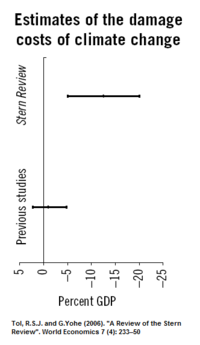
Photo from wikipedia
Abstract In the last four decades there has been a significant increase in experiences to implement marine spatial planning and the interest of the scientific community in evaluating the impacts… Click to show full abstract
Abstract In the last four decades there has been a significant increase in experiences to implement marine spatial planning and the interest of the scientific community in evaluating the impacts of these policies. In this context, a lack of tools and techniques to be applied to the evaluation of strictly economic impacts is evident. Based on knowledge of the direct economic impacts on production in the activity sectors affected by marine planning, the aim of this study is to propose an input-output methodology to estimate total economic impacts that include indirect and induced impacts. This methodology has been applied to three case studies: The German Baltic Sea, Belgium and the North Sea and Skagerrak Strait of Norway. The positive effects derived from the application of these policies have been estimated in the three case studies, both in terms of increased production as well as value added and employment. In general, these positive impacts are concentrated in just a few marine-related sectors, although they also appear in other non-marine sectors. The results obtained offer a more complete view of the economic effects of these public planning policies and the methodology followed can be used as an applicable policy guideline to analyse other similar cases.
Journal Title: Marine Policy
Year Published: 2021
Link to full text (if available)
Share on Social Media: Sign Up to like & get
recommendations!